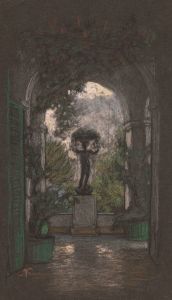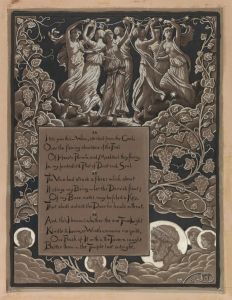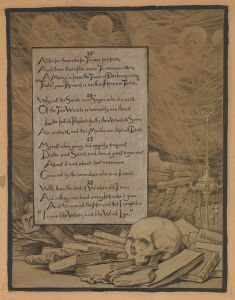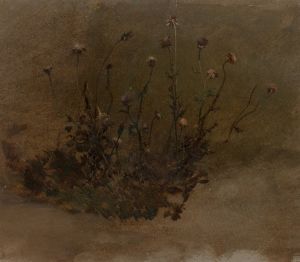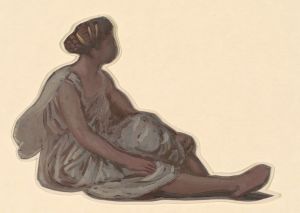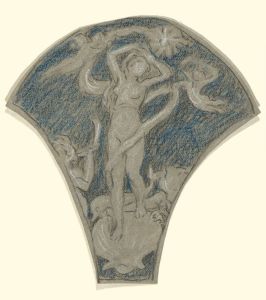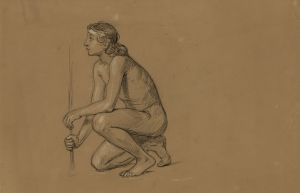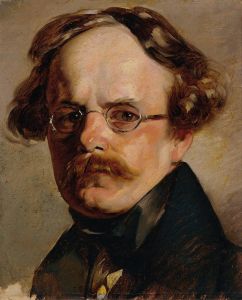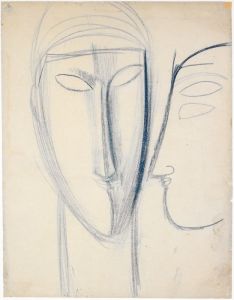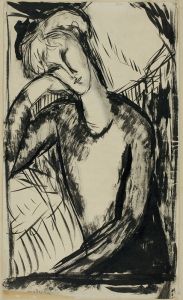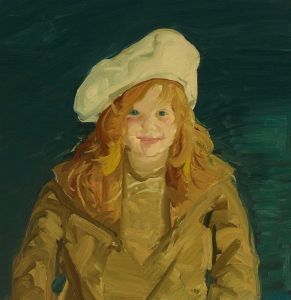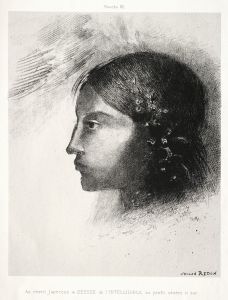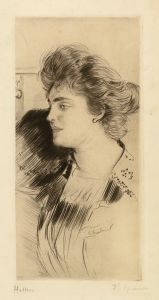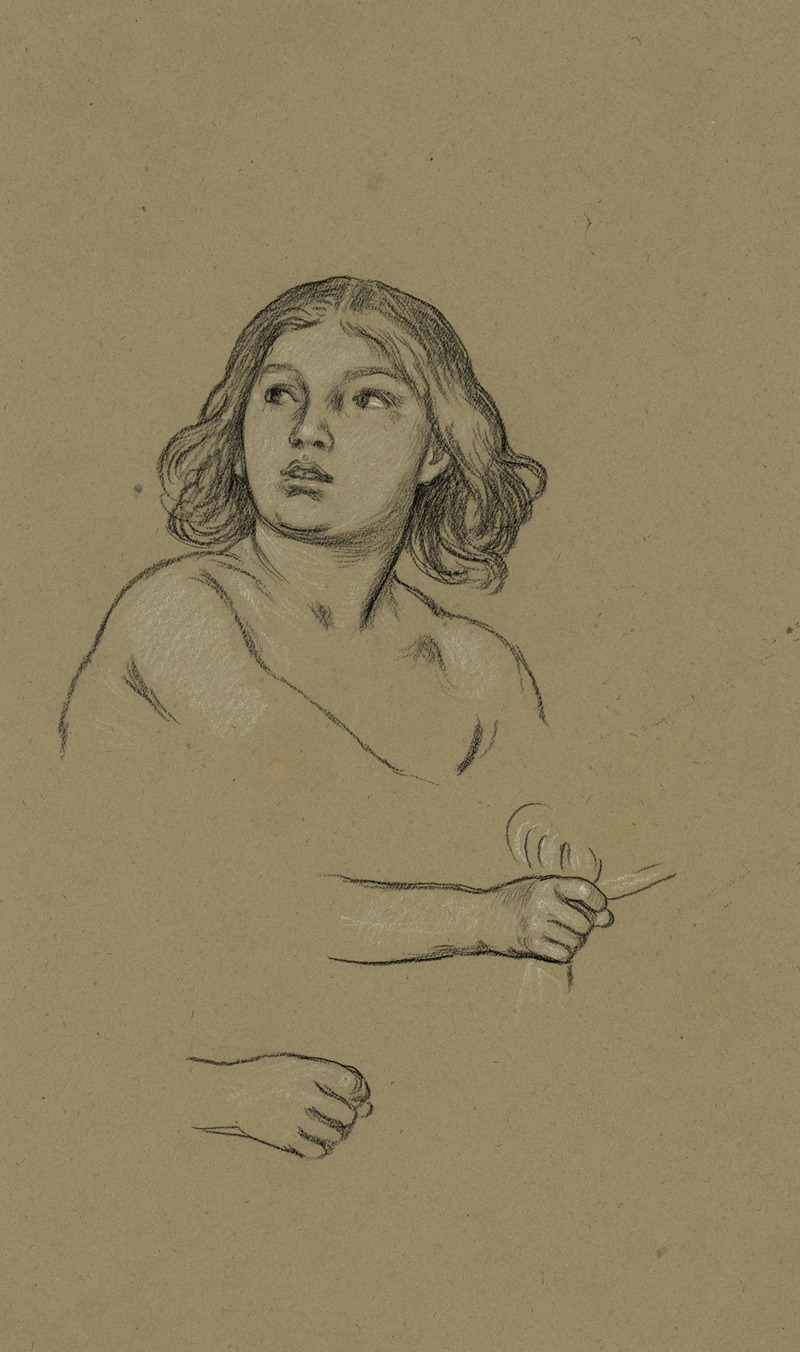
Boy with long hair facing slightly left
A hand-painted replica of Elihu Vedder’s masterpiece Boy with long hair facing slightly left, meticulously crafted by professional artists to capture the true essence of the original. Each piece is created with museum-quality canvas and rare mineral pigments, carefully painted by experienced artists with delicate brushstrokes and rich, layered colors to perfectly recreate the texture of the original artwork. Unlike machine-printed reproductions, this hand-painted version brings the painting to life, infused with the artist’s emotions and skill in every stroke. Whether for personal collection or home decoration, it instantly elevates the artistic atmosphere of any space.
Elihu Vedder was an American symbolist painter, born on February 26, 1836, in New York City. He is best known for his allegorical works and his contribution to the American Renaissance movement. Vedder spent a significant portion of his career in Italy, where he was influenced by the classical art and culture that surrounded him. His work often reflects a blend of American and European artistic traditions, characterized by a deep interest in mythology, symbolism, and the human condition.
"Boy with Long Hair Facing Slightly Left" is one of Vedder's lesser-known works. Unfortunately, there is limited information available about this specific painting. Vedder's oeuvre includes a variety of portraits, allegorical scenes, and illustrations, often imbued with a sense of mystery and introspection. His style is marked by a meticulous attention to detail and a penchant for capturing the ethereal qualities of his subjects.
Vedder's career was marked by several notable achievements. He gained recognition for his illustrations of Edward FitzGerald's translation of "The Rubaiyat of Omar Khayyam," which remains one of his most celebrated works. These illustrations are renowned for their intricate designs and the way they complement the poetic nature of the text. Vedder's ability to convey complex themes through his art made him a prominent figure in the symbolist movement.
Throughout his life, Vedder maintained a fascination with the spiritual and the mystical. This is evident in many of his works, which often explore themes of life, death, and the afterlife. His paintings frequently feature dreamlike landscapes and figures that seem to exist in a realm beyond the ordinary. This interest in the metaphysical is a hallmark of Vedder's artistic vision and contributes to the enduring appeal of his work.
Vedder's influence extended beyond his paintings and illustrations. He was part of a broader cultural movement that sought to integrate art with literature, philosophy, and spirituality. His work reflects the intellectual currents of his time, as well as his personal quest for meaning and understanding. Vedder's legacy is that of an artist who pushed the boundaries of traditional art forms, seeking to express the ineffable through his unique visual language.
Despite the lack of specific information about "Boy with Long Hair Facing Slightly Left," it can be appreciated within the context of Vedder's broader body of work. The painting likely embodies the qualities that define Vedder's art: a focus on the human figure, an exploration of inner states, and a commitment to capturing the beauty and complexity of the human experience. As with many of Vedder's works, it invites viewers to look beyond the surface and consider the deeper themes at play.
Elihu Vedder passed away on January 29, 1923, in Rome, Italy. His contributions to the art world continue to be recognized and celebrated, and his works remain a testament to his skill and vision as an artist. While "Boy with Long Hair Facing Slightly Left" may not be as widely known as some of his other pieces, it is nonetheless a part of the rich tapestry of Vedder's artistic legacy.





